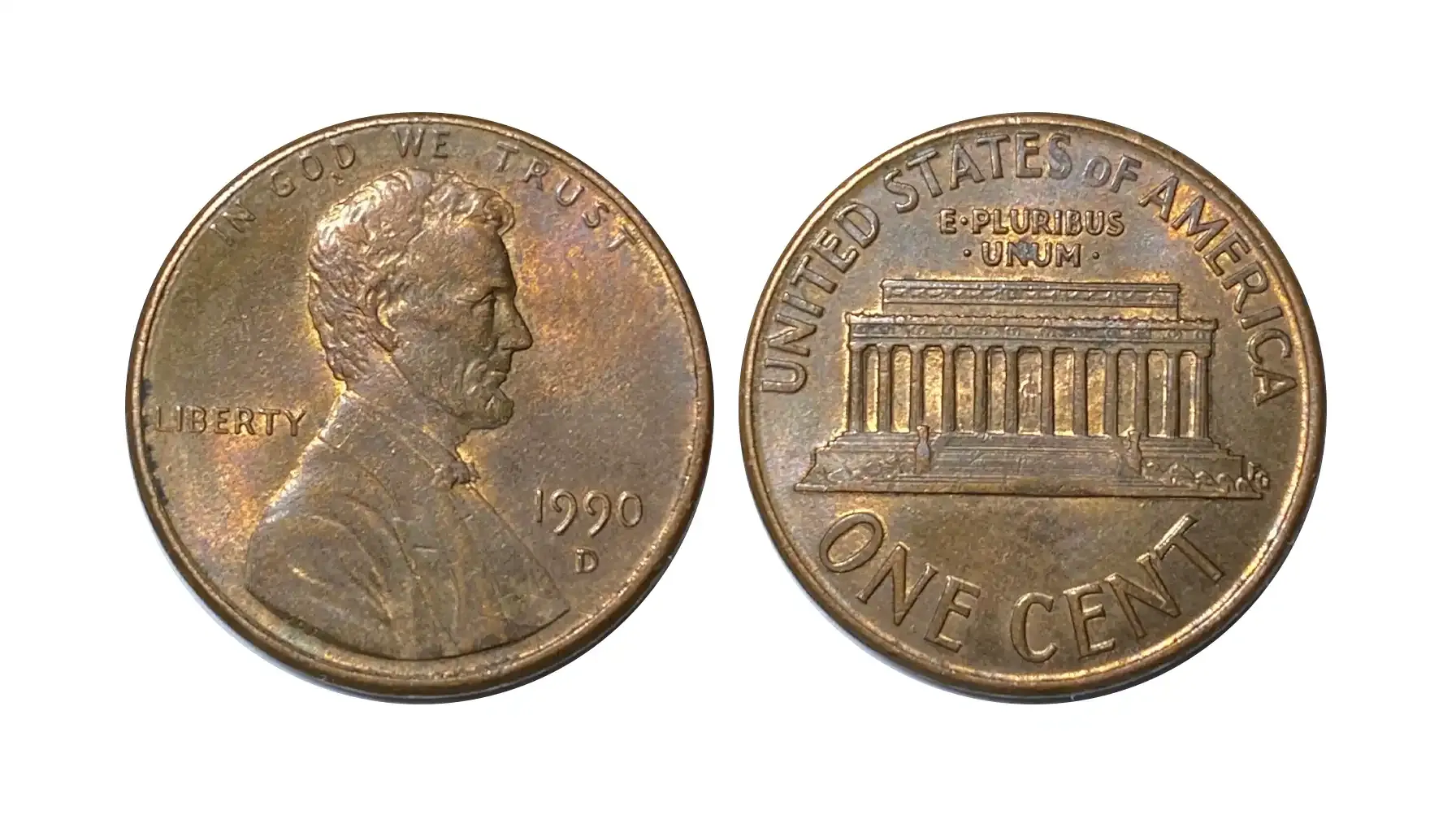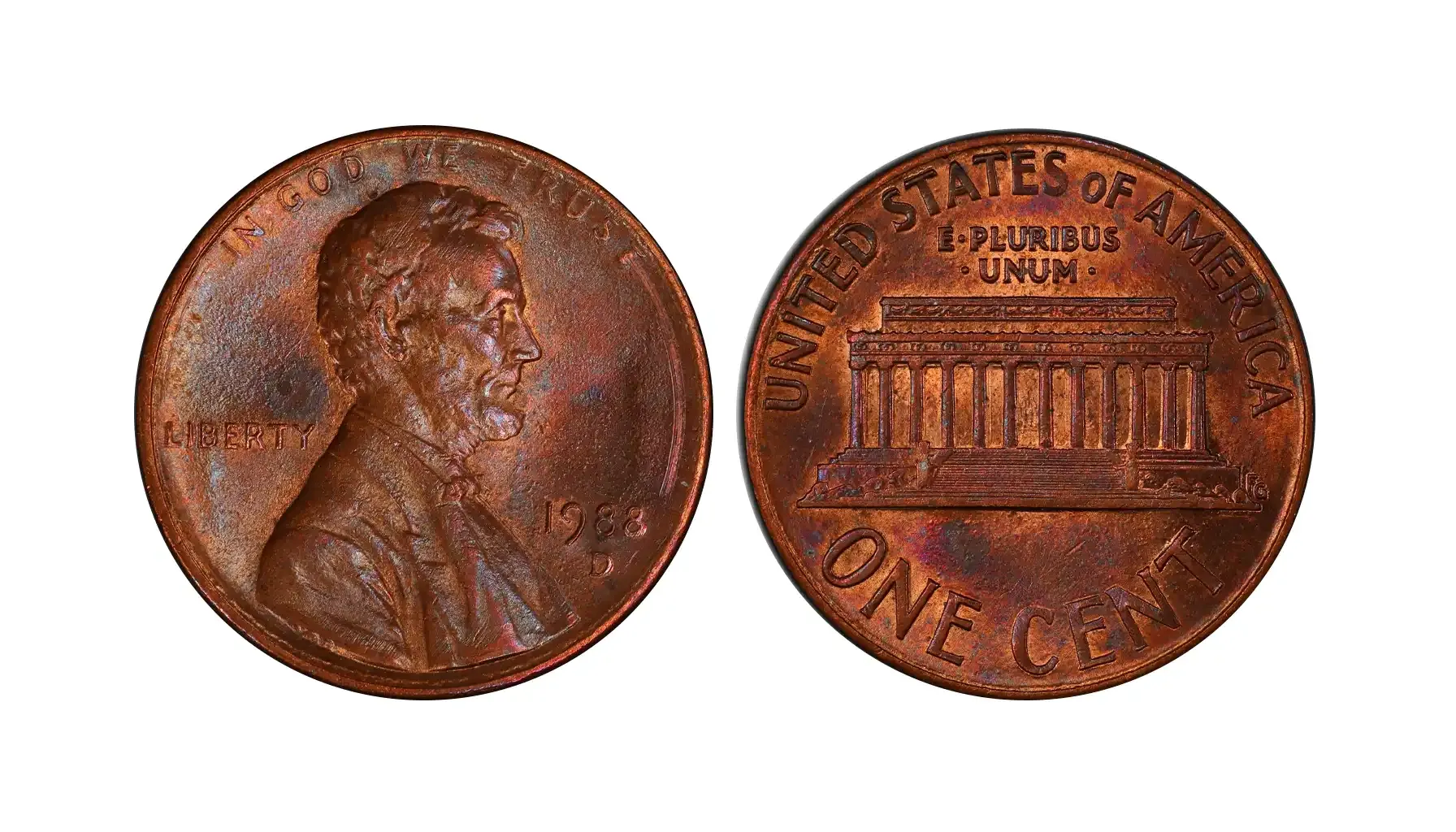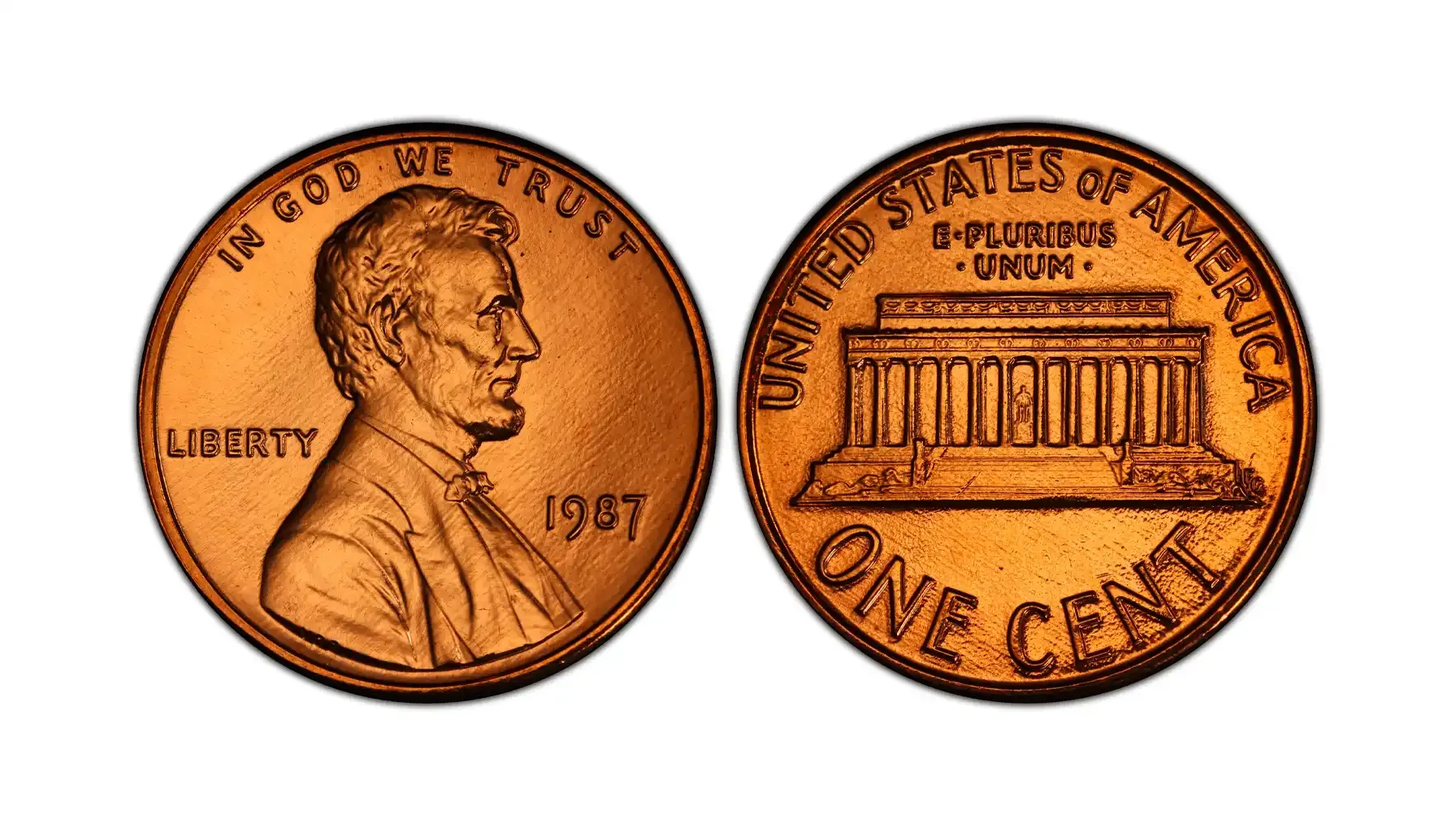Contents:
Different countries have different policies and regulations, and this also applies to the monetary landscape of each place. Australia, for example, has a unique cultural heritage and rich numismatic history eloquently reflected via the currency they produce and share.
Like any other place, the Great Southern Land can boast about Australia's rarest coins list which reveals the truth and sentiments from colonial periods to contemporary memorials. In this material, we would like you to learn what Australian coins are worth money, which options to look for, and how to employ the most expensive Australian coin value checker for free.
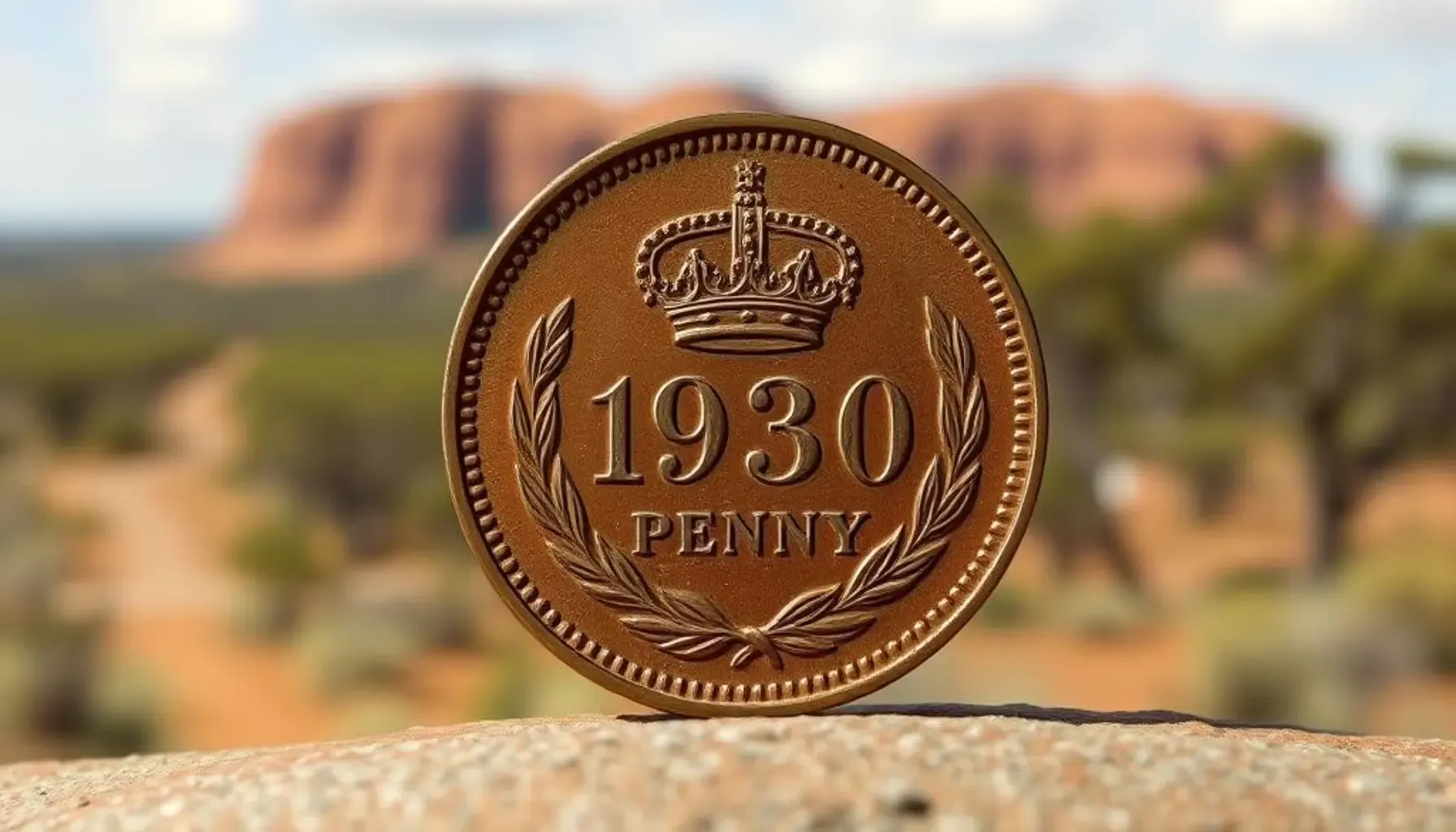
Briefly about Currency in Australia
Over time, Australia's monetary system has changed dramatically, though its discreteness remains the same. When the British pound was introduced during colonial times, transactions that had previously relied on a variety of foreign coinage and barter methods were more standardized and regulated. In 1910, however, Australia took a step toward financial sovereignty when it adopted the Australian pound as the currency of their own.
The turning point was when Australia switched to decimal money in 1966, introducing the Australian dollar (AUD) instead of the pound. These days, the Royal Australian Mint in Canberra, which was founded in 1965, is currently responsible for producing Australian coinage. The Mint produces numerous types of coins, from commemorative and collectible instances that showcase the country's landmarks, natural wonders, and cultural icons to ordinary circulating ones.
Types of Rare Australian Coins
In general, all the coins worth money Australia might be divided into two groups, i.e., pre-decimal instances and the decimal ones. Generally speaking, pre-decimal coins are basically appreciated thanks to their scarcity and historical significance, whereas decimal coins are sought after for their rarity, limited-issue designs, special editions, and minting deviations. Now, let us be more specific.
Pre-Decimal Coins
Prior to adopting decimal currency in 1966, Australia's monetary system included pre-decimal coins only (which is obvious). These coins, with denominations like pennies, shillings, florins, and crowns, were designed after the British pound system pattern. Due to their restricted manufacturing, historical significance, and withdrawal from circulation after the currency reform, many of these coins are regarded as rare and valuable.
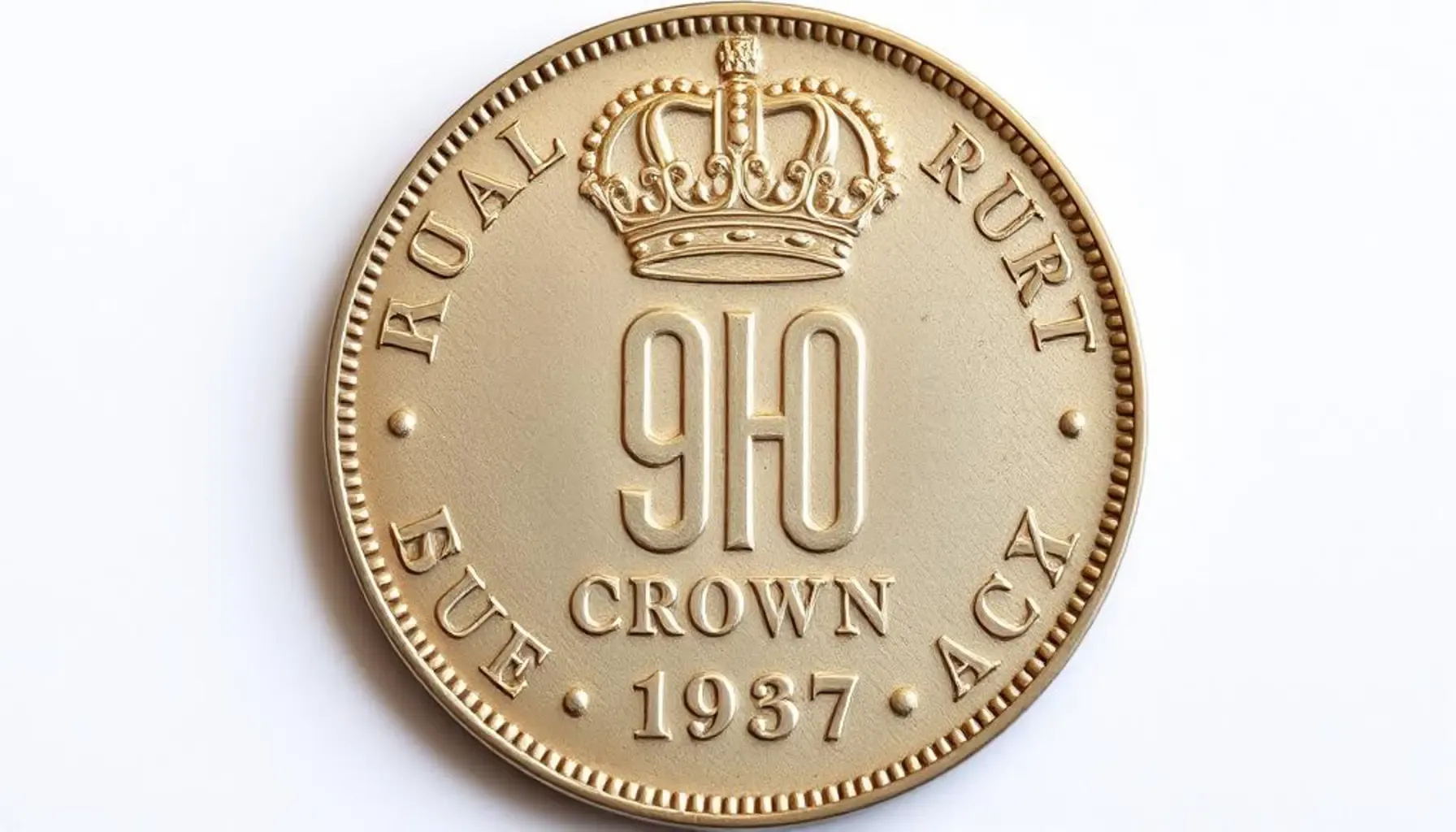
As a rule, pre-decimal coins were produced of metals like copper, silver, and bronze, and they generally featured some classic British or Australian symbols like the kangaroo, emu, and coat of arms. After 1966, though, these were vanishing, which makes them one of the most valuable coins Australia.
Decimal Coins
In 1966, the pre-decimal currency was finally replaced with decimal coins referring to a system in which one dollar is equivalent to 100 cents. This change brought Australia into line with the worldwide decimalization trend. Even though these coins are not so old, some options have become rare, particularly those with commemorative themes, limited mintages, or errors found.
The three main metals used to make decimal coins are cupronickel, nickel-brass, and copper-nickel. Their designs, which highlight significant cultural events, national icons, and local fauna, represent a more modern Australian identity than ever before. Nevertheless, some instances eagerly enter the rare Australian coins lists as parts of special collections for anniversaries, national events, or commemoration programs.
Related article: Indian Head Buffalo Nickel.
What is the Most Valuable Australian Coin?
What coins are worth money in Australia? Well, as we have stated before, there are numerous numismatic instances that have the potential to become valuable and collectible. Nevertheless, numismatic history might easily throw away some coins and leave only those concurrent with the situation in the world.
Coin Type | Estimated Value | Mintage | Design Features |
1930 Penny | $50,000–$500,000 | 1,500 | Features the Australian coat of arms on the reverse and a portrait of King George V on the obverse. |
1966 Round 50-Cent Coin | $2,000–$5,000 | 1,500,000 | Depicts an image of an Australian coat of arms on the reverse. In subsequent issues, the round shape was replaced with a 12-sided form, making the round version rare. |
1948 Florin | $1,000–$5,000 | 3,000,000 | Showcases the Australian coat of arms on the reverse with King George VI’s portrait on the obverse. |
1937 Crown | $1,500–$4,000 | 193,000 | Features a large crown design with the effigy of King George VI on the obverse as a part of the commemoration program. |
2000 Inverted Die 50-Cent Coin | $3,000–$5,000 | 100 | Shows an upside-down design, with the reverse of the coin mistakenly struck with an inverted die, making it a rare minting error. |
1990 Kangaroo One-Ounce Gold Coin | $2,000–$5,000 | 300,000 | Demonstrates a kangaroo on the obverse, the iconic national symbol, and the effigy of Queen Elizabeth II on the reverse. |
1947 Threepence | $500–$3,000 | 2,000,000 | Displays kangaroo and emu on the reverse and King George VI on the obverse |
2007 $1 Silver Proof Coin | $1,500–$3,000 | 6,000 | Portrays the iconic Australian landmark, the Hornsby district, on the reverse, and Queen Elizabeth II on the obverse |
While some of Australia's most valuable coins are not as expensive as expected, all of them exhibit an intriguing blend of unique (almost exotic) appearance, cultural relevance, and a chance. Every coin, from the most expensive coin in Australia, i.e., the 1930 Penny, to rare decimal error coins, provides collectors with an opportunity to own a physical piece of history while also telling a story of the country's numismatic path.
Quick Tips for Collecting The Most Valuable Coins in Australia
Research is the key
Understand the best Australian coins to look out for, their elements, mintage numbers, and historical context. So as to identify valuable items, get acquainted with pre-decimal and decimal types and their peculiarities not to mention.
Pay Attention to Quality
Look for the coins or banknotes, e.g., the 1976 $2 Bill, that are in the best condition possible. Higher grades, such as proof or uncirculated ones, are far more valuable than the rest.
Learn to Spot Errors
A coin's value can be substantially boosted by minting defects, e.g., die cracks or misalignments. To identify these characteristics, study examples in person to know what they look like in real life.
Make Use of Reliable Apps
Employ tools like Coin ID Scanner to identify coins and their errors on the spot. Besides, these usually offer quick yet precise market details, as well as support from AI-powered resources and other numismatists from all over the world.
Stay Smart and Be Consistent
Before purchasing rare coins, build your collection with more reasonably priced items. This method allows you to get more information without going over your budget.
Although Australia may seem like a far land, its parts may be taken through the coins. So, we highly recommend that coin lovers obtain Australian numismatic creations and incorporate them into their collections with pleasure. Worth trying for sure.

